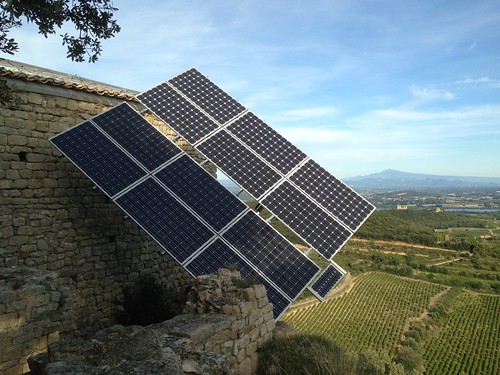How does one become interested in sustainability for
structures? Over the course of a series of interviews with members of the
ASCE-SEI Sustainability Committee, we hope to provide the answers. This blog
and other frequently describe why sustainability is important, but the path
taken by sustainability champions is seldom considered. Diverse experiences are
to be expected. Understanding the reason for one’s passion for structural
sustainability might help us grow the movement.
Ken Maschke, P.E., S.E., LEED A.P. is the first to be
profiled in this series. Ken has served on the committee for three years and
now leads the Communications Working Group. With about 10 years experience in
structural engineering, he represents the crest of the wave of Generation-Y engineers
now coming into their own in the profession. Sustainability was not a focus of
his college education, but shortly before Ken graduated the U.S. Green Building
Council unveiled the first LEED green building certification system.
How did your education
prepare you for sustainable design?
Like many structural engineers, my undergraduate degree at
the University of Michigan was actually in civil and environmental engineering.
I fretted the hydrology and water treatment classes that were a part of the
standard curriculum. At the time, I thought that the information was only
useful to environmental engineers seeking to clean up superfund sites or
support litigation, à la Erin Brockovich. Now I can appreciate how this basic
background can be applied to aspects of sustainable design.
 |
| Photovoltaic panel located on 13th century castle in South of France. Mt. Ventoux and Rhône River in Background |
Why did you decide to
become LEED certified?
I was bribed. My company, Thornton Tomasetti, recognized the
value of workforce versed in sustainable design before I did. They provided
LEED AP training seminars, sponsored my test registration, and offered a bonus
upon becoming certified. The company continues to help staff maintain their
credentials.
What opened your eyes
to sustainable structures?
 |
| Grain silo repurposed as condos in Denmark |
A couple years later I took leave from my job to live in
France for six months. My wife had received a contract for on-site French to
English translation for an energy company. Again, I was impressed by the
attention that the French paid to energy and resource efficiency. Since, I
wasn’t working, I had plenty of time to do some online research and review my
own design practices.
Shortly after returning from France, I had the opportunity
to assist a local artist with a large-scale park concept
making extensive use of solar panels. Around the same time, I toured a solar
energy harvesting power plant in Nevada, as part of the 2010 ASCE Annual
Conference. From that time on, I knew that sustainability would have to be an
integral part of my career.
How do you employ
sustainable strategies at work?
I work in our Building
Performance Practice Area. Our multidisciplinary team provides technical
support to building owners, managers, and designers throughout a building’s
lifecycle. We specify maintenance regimens, design repairs, and help realize
building renovations. By definition, I feel that our practice is sustainable.
We strive to keep existing buildings operational and improve their performance.
Doing this hopefully lessens the need for new building construction.
My favorite projects could be characterized as adaptive
reuse. We give new life to existing buildings by changing their occupancy or providing
significant performance upgrades. I’m currently overseeing the structural transformation
of an old
seminary into an institute for economic education and research. Another
current project repurposes an old lumberyard as a gymnasium for a charter
school. We try to preserve as much of the existing structures as possible while
also giving consideration to thermal performance upgrades.
How has membership on
the ASCE-SEI Sustainability Committee enhanced your work?
Being part of the committee provides access to the latest information on sustainable structures and great peer group. It is empowering to know that there are such motivated individuals devoting their careers (and loads of personal time) to advancing sustainability in the structural engineering profession. I look forward to learning more about their history with sustainable structures and future aspirations.











I like this Ken! We should do more!! And it also looks like we need to tap into your brain for the adaptive reuse part of the 10 Steps we are working on publishing for the blog next. - Frances